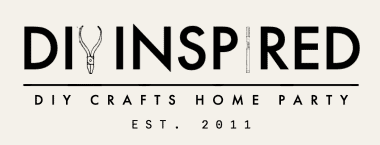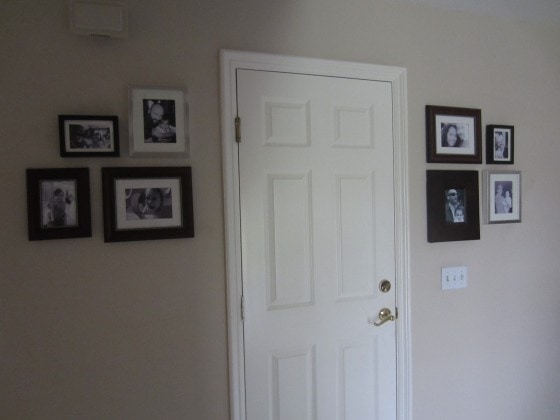When and How to Use Primer
When and How to Use Primer for DIY Painting Projects and Furniture Makeovers
“You can find a lot of reasonable buys at Wal-Mart. But one key to making it on a budget is by donating your time and labor to the project. Do-it-yourself projects will always help you save.” – Nate Berkus
Knowing when and how to use primer can be tricky especially if you are a new do it yourselfer. A recent survey by CBY Tools showed that one of the most popular do-it-yourself tasks is painting a room. I don’t know about you, but when I first started painting my projects, I had no idea if I needed to use primer or not. It was a little intimidating. I accidentally bought an entire gallon for a small project (how embarrassing and costly). As with many things, I learned through experience.
Primer is used to prepare your surface material such as walls, wood, metal, or brick before you paint it. It allows for better adhesion and is said to help the paint last longer and increase durability. Here are a few tips and rules of thumb that I have learned along the way of my DIY blog journey.
When, Why, and How?
When to use primer:
- The surface of the wall or furniture piece is cracked or has holes
- When painting with light colored paints
- When changing two types of paint (i.e. applying latex over oil paint)
- Painting over dark colors
- If the existing wall or furniture piece has a painting or mural on it
Why use primer:
- Primer acts as a bond and will strengthen and adhere to your cover paint
- For correction of flaws and uneven surfaces
- Protection of the surface and keep moister and mildew out
- Increase durability and keep paint from chipping or flaking
- Create an even and smooth hue and mask brush marks
- Extend the life of your paint with a longer lasting color
How to use primer:
- Sand any lumps or flaws
- Thoroughly clean your surface and make sure it is clear of debris and dust
- Make sure the primer is completely dry between each coat
- Two coats typically does the job
Paint and Primer in One
Paint these days is often available with a paint plus primer option. These are designed to save time and make our do-it-yourself lives easier. Paint and Primer in One come in both cans and spray paint. Paint professionals are a great resource and most will recommend a separate quality primer and paint if you are painting the walls of your home.
If you are painting a piece of furniture however, a two in one primer is fine. For most small projects like chairs, accent tables, side tables etc., I use paint plus primer spray paint. A 12 ounce can of spray paint will cover about 18-25 square feet.
Spray paint is a great option because it has good coverage, dries quickly, and you don’t have to worry about brush strokes. It comes in a variety of colors and gets the job done and done quickly. The product I recommend is Rust-Oleum 2X from Home Depot (affiliate link).
Examples of When to Use Primer
Here are some DIY Inspired projects using primer:
Here are a few examples of when I decided NOT to use primer:
Hope this helps!
Other DIY Tips and Tricks:
Update: I originally wrote this post on September 27, 2011. This was only five months into my blogging journey. Since then (over 11 years later), I have learned so much so I decided to update this and make it a better more informed article. I hope you find these insights useful!










Great tips! Thank you!
You’re welcome! Thanks for stopping by and commenting!